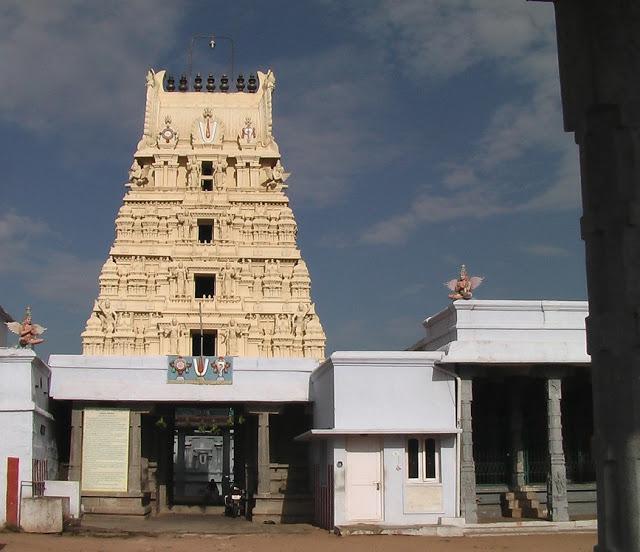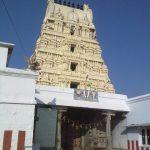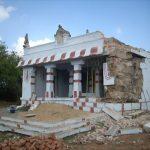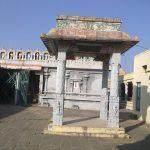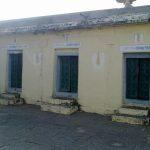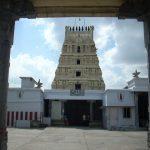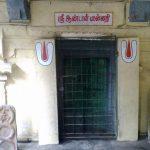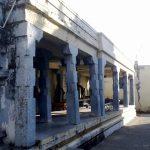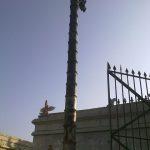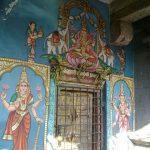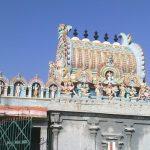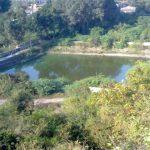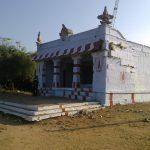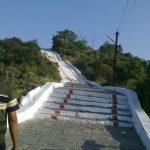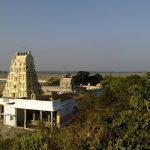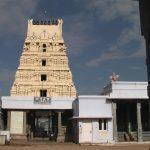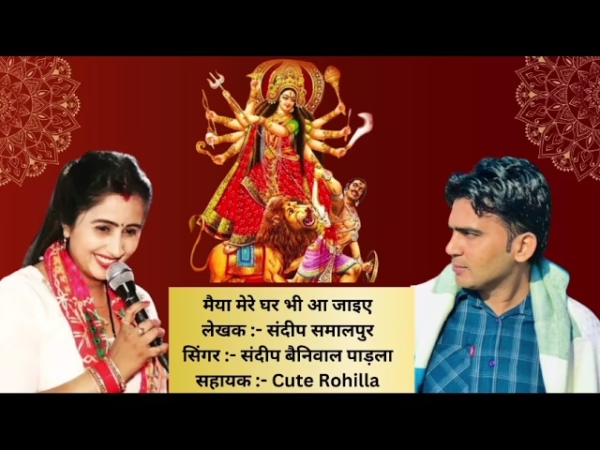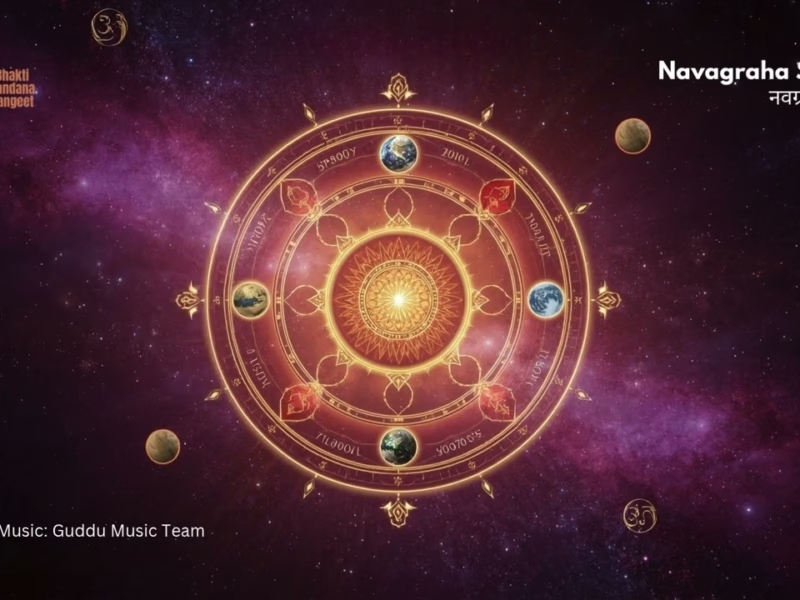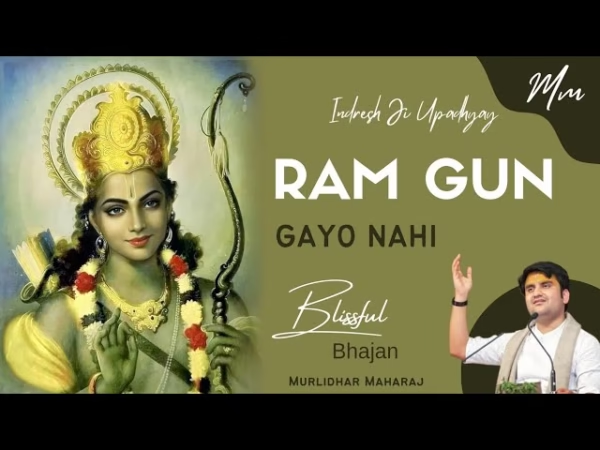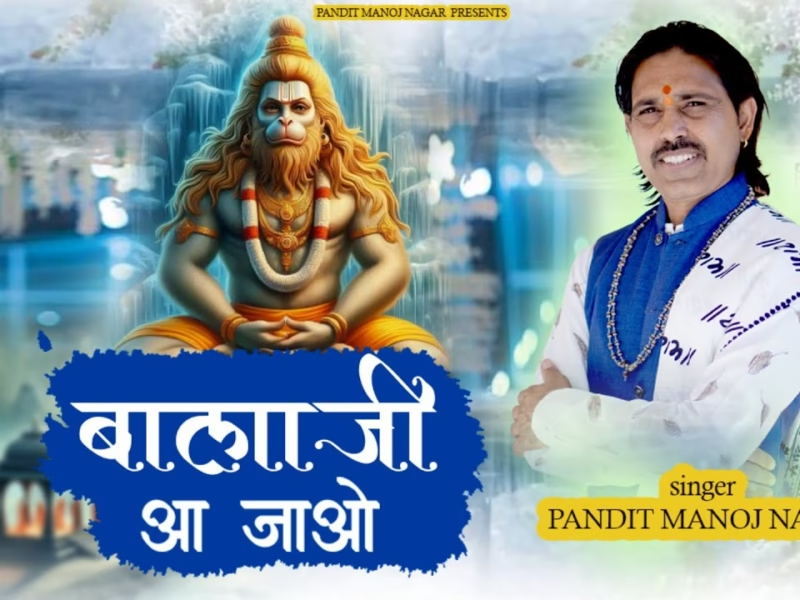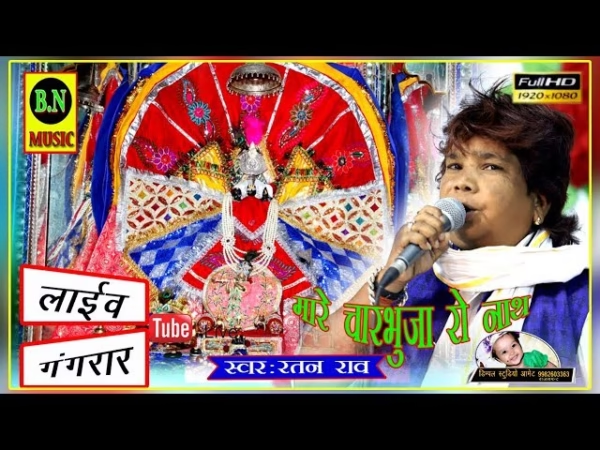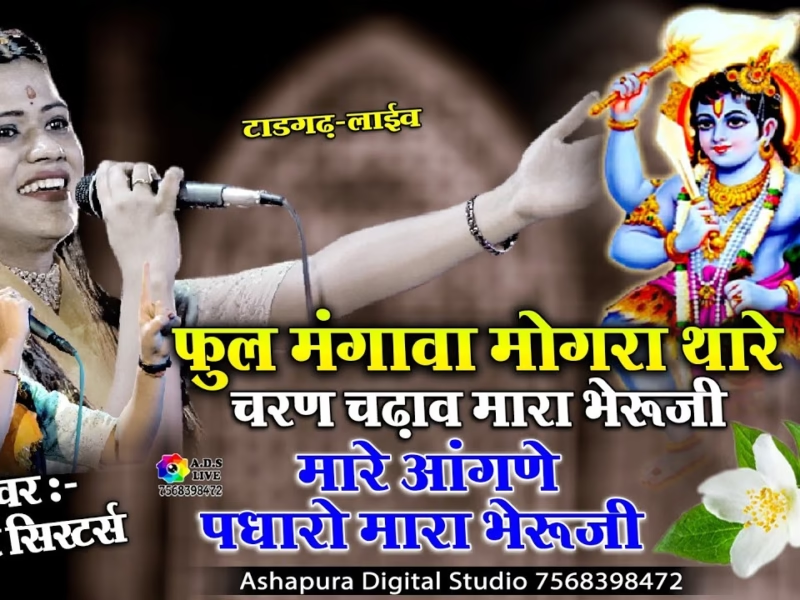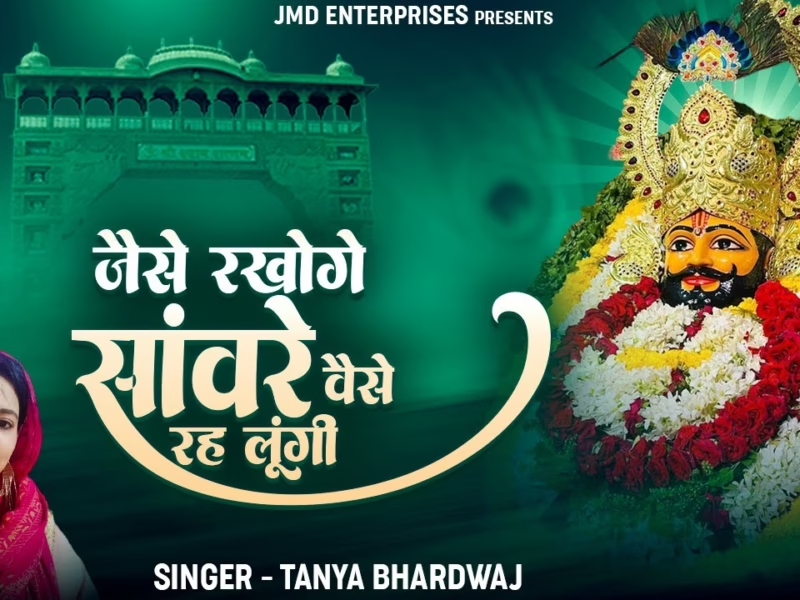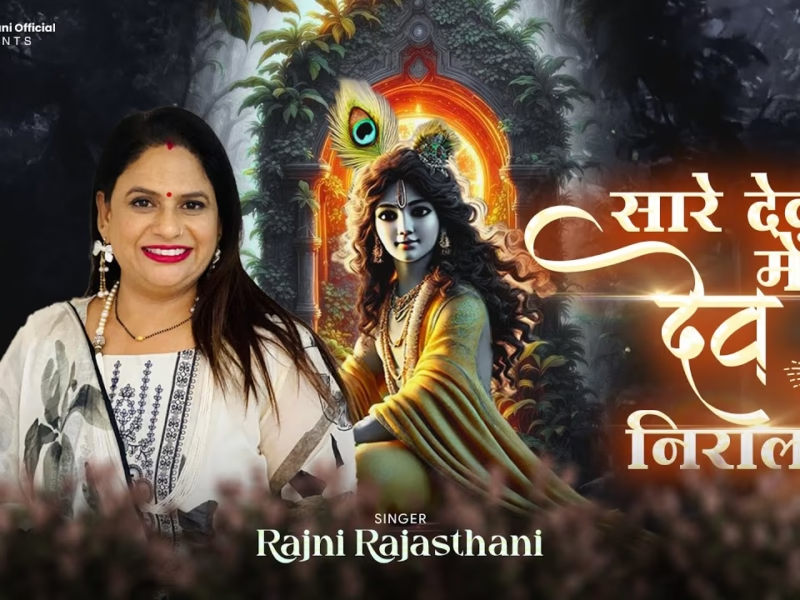Contents
Lakshmi Narasimhar Temple, Pazhaya Seevaram, Kanchipuram
| Date built: | – |
|---|---|
| Deity: | Lakshmi Narasimhar |
| Architectural style: | Dravidian architecture |
| Major festivals | – |
| Locale: | Pazhaya Seevaram |
| District:: | Kanchipuram |
| Address: | Lakshmi Narasimhar Temple,Pazhaiya Seevaram, Kanchipuram District |
| Phone | +91 – 94437 18137 /9865494125 |
Temple Opening Time
The Temple will be open from 7.30 am – 11 am and 4 pm – 6.30 pm.
Festivals
Lots of Utsavams are performed in this sthalam. Brahmotsavam in Aani month, Pavitrotsavam in Aavani, Narasimha Jayanthi, Theerthavari in Swathi and Parivettai during Thai month are said to be some of the Utsavams that are performed in a great manner.
Pazhaiya Seevaram Parivettai:
Apart from its holiness due to the confluence of the three rivers, the hill temple is visited by Lord Varadaraja of Kanchipuram on the day following Sankaranthi, for what is known as “Pazhaiya Seevaram Parivettai”. Parivettai is observed to mark the destruction of evil forces by the Lord and is celebrated in almost all Vishnu temples.
It is said the present Moolavar idol of Lord Varadaraja at Kanchipuram was sculpted out of a rock here after the original wooden idol of Atthi Varadar got damaged hundreds of years ago. It is said to mark this, Lord Varadaraja is taken to Pazhaiya Seevaram on the day following Sankaranthi every year, when thousands of devotees gather here for Vana Bhojanam and aradhana.
Lord Varadaraja, who leaves his abode at 10 p.m. on Sankaranthi day, accompanied by devotees including those reciting Azhwars’ Paasurams and Vedas, is carried all the way to a distance of 15 km and goes around Pazhaiya Seevaram village at the foot of the hillock. He reaches the Narasimha temple, which is in the middle of the hillock, at noon and then he is taken to the Varadaraja Mandapam atop the hill, by climbing the 140 steps.
He stays in the mandapam there till 4 p.m. when Thirumanjanam (sacred bath) and Aradhana are performed. Later the Lord reaches the Narasimha Temple and both the Gods are taken to a temple at Thiru Mukkoodal, on the other side of Palar where a temple for Lord Srinivasa, known as Appan, exists.
There the three Gods, along with the Lords of two other temples, give darshan. Later Lord Varadaraja returns to Pazhaiya Seevaram along with Narasimhar and then starts his trek back to Kanchipuram late in the night and reaches there next morning.
Architecture
Legend / Local stories
Lord gave darshan to Athri Rishi:
According to the Sthala Puranam, once in Naimisaaranyam, a Rishi by name Vishnu Siththar enquired with the other Rishis about a best place where he can get the Dharshan of Lord Vishnu as result of the penance. Another Rishi called Mareecha Muni explained the him about the existence of such a place on the earth, where one’s penance (Thapas) will get fulfilled with the Dharshan of Lord Narayana and guided him to this place which was called Padmagiri.
He also told the story of Athri Rishi, who got the Dharshan of the Lord in this place in the form of Sri Lakshmi Narasimhar, after his severe and dedicated penance. It is said that, Athri Rishi, after having Dharshan of the Lord, prayed the Lord to stay in this place and bless the people worshipping here. The Lord accepted his wish and stayed here in the same form to bless the mankind.
Holier than Prayag:
The place is also marked by the confluence of three rivers — Palar, Cheyyar and Vegavathi — and one can see the three rivers merging together at the place from the temple on the hillock. Known as Dakshina Prayag, it is a much holier place than the Triveni Sangamam or Prayag in the north, according to the octogenarian priest of the temple, Sri Narasimha Sundara Bhattacharyar. This is because, while at Prayag all the three rivers are not visible to the naked eye (river Saraswathi is Antharvahini, running underground) in Pazhaiya Seevaram the three rivers can be seen at the place of confluence.
Pazhaiya Seevaram Parivettai:
Apart from its holiness due to the confluence of the three rivers, the hill temple is visited by Lord Varadaraja of Kanchipuram on the day following Sankaranthi, for what is known as “Pazhaiya Seevaram Parivettai”. Parivettai is observed to mark the destruction of evil forces by the Lord and is celebrated in almost all Vishnu temples.
It is said the present Moolavar idol of Lord Varadaraja at Kanchipuram was sculpted out of a rock here after the original wooden idol of Atthi Varadar got damaged hundreds of years ago. It is said to mark this, Lord Varadaraja is taken to Pazhaiya Seevaram on the day following Sankaranthi every year, when thousands of devotees gather here for Vana Bhojanam and aradhana.
Lord Varadaraja, who leaves his abode at 10 p.m. on Sankaranthi day, accompanied by devotees including those reciting Azhwars’ Paasurams and Vedas, is carried all the way to a distance of 15 km and goes around Pazhaiya Seevaram village at the foot of the hillock. He reaches the Narasimha temple, which is in the middle of the hillock, at noon and then he is taken to the Varadaraja Mandapam atop the hill, by climbing the 140 steps.
He stays in the mandapam there till 4 p.m. when Thirumanjanam (sacred bath) and Aradhana are performed. Later the Lord reaches the Narasimha Temple and both the Gods are taken to a temple at Thiru Mukkoodal, on the other side of Palar where a temple for Lord Srinivasa, known as Appan, exists. There the three Gods, along with the Lords of two other temples, give darshan. Later Lord Varadaraja returns to Pazhaiya Seevaram along with Narasimhar and then starts his trek back to Kanchipuram late in the night and reaches there next morning.
Dakshina Prayag:
In Krutha Yuga, there lived a great devotee of Lord Vishnu, who wanted to take bath daily in river Ganga, which emerges from the foot of Sriman Narayana. He took bath in this Sangamam and treated this water as the Ganga River and worshipped the Vishnu in Sudharsana malai (Hill). Another saint lived here and treated this river as the river Yamuna. Because of this, both the rivers Yamuna and Ganga emerged here and the other river Vegavathi (Saraswathi River) also emerged and these 3 rivers merge in the great Pazhaya Seevaram sthala.
This river flows in between Padmagiri and Sudharsana malai. It is believed that if we take bath in this river and get the Seva(darshan) of Sri Lakshmi Narasimha in Padmagiri and Sri Venkatesha in Sudharsana malai, it is equivalent to 100 times taking bath in Prayag. It is believed that if we take bath in this river for a month and rest under the shadow of Pipal tree in Padmagiri, it is said to cure all sorts of sins and diseases.
Sudharsana Malai (Hill):
On the opposite side of Padmagiri another hill is found which is called as “Sudharsana malai” where Sri Prasanna Venkatesa Perumal is giving his Seva. This Perumal gave his Prathyaksham (darshan) to Brighu Muni and King Chakravarthy.
Etymology:
The name Sripuram has a hoary past. After the annihilation of Hiranyakasipu, Lord appeared ferocious. From the legends it is learned that the Lord was pacified by goddess Mahalakshmi at this shrine. Since goddess Mahalakshmi played the key role in appeasing the Lord and hence the village got the name Sripuram, as a token of gratitude. Legends equate it as ‘Sathya Varadha Kshetram.’ Then it got corrupted to Seevaram. It is difficult to make out the significance for the word ‘Pazhaiya’ or old.
Rivers in full flow:
Devotees who have been to this temple in the 1960s/70s say that they used to reach here by bullock cart (there were no buses then) and would stay here for a month enjoying the cool breeze and peaceful surroundings. The rivers, they say, used to run full through the year which would make a wonderful sight from the top of the temple.
Suyambu Madapalli:
The `Madapalli`(place for preparing Prasadam) is believed to be `Suyambu‘ (appeared on its own).
Photo Gallery
How to Reach:
Pazhaiya Seevaram is located on the Kanchipuram – Chengalpattu State Highway SH 58 and it is about 16 km from Chengalpattu and about 20 km from Kanchipuram. While going from Chengalpattu, one can reach Pazhaya Seevaram 5 kms before Walajabad. There are lots of buses available from Kanchipuram to this Temple. Nearest Railway Station is located at Kanchipuram, Chengalpet and Walajabad. Nearest Airport is located at Chennai.
Contact Details
Lakshmi Narasimhar Temple,
Pazhaiya Seevaram, Kanchipuram District
Mobile: +91 – 94437 18137 /9865494125

